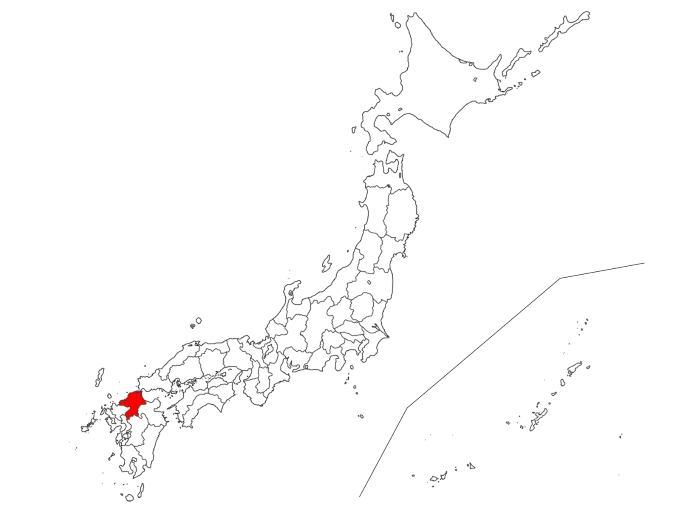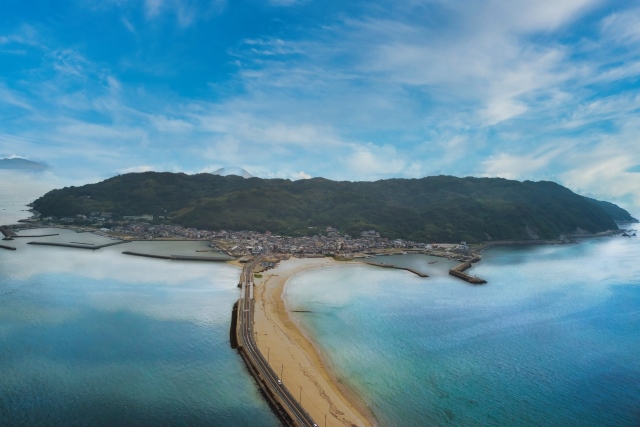Contents
1.Basic Information
Uminonakamichi is surrounded by places like Shikanoshima, Uminonakamichi Seaside Park, and Shikaumi Shrine, making it a hub for tourism and recreation.
Uminonakamichi
Uminonakamichi is a massive sandbank with a length of approximately 8 km and a maximum width of about 2.5 km, connecting Shikanoshima with Kyushu. It faces the Genkai Sea on the north and Hakata Bay on the south, making it a popular resort area within Fukuoka City.
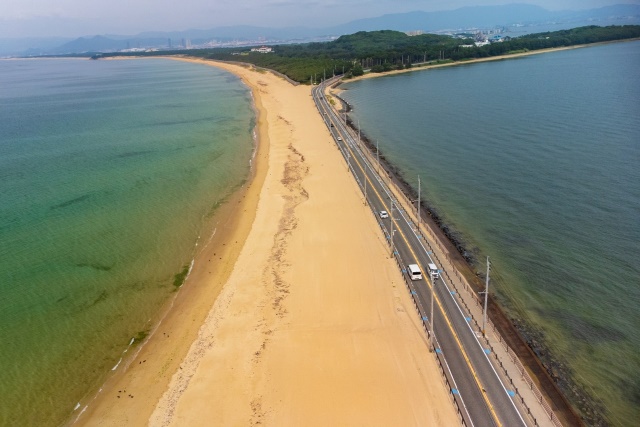
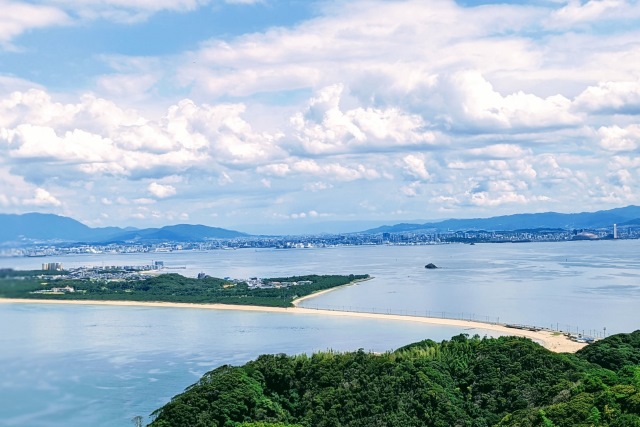
Shikanoshima
Since Shikanoshima is connected to Uminonakamichi, it’s easily accessible by car or bus. It takes about 40 minutes by bus from Tenjin in central Fukuoka or about 30 minutes by boat from Hakata Port. The island has historical significance and was an ancient hub for maritime trade in Japan. Cycling is recommended as the island is about 12 km in circumference and has flat roads.
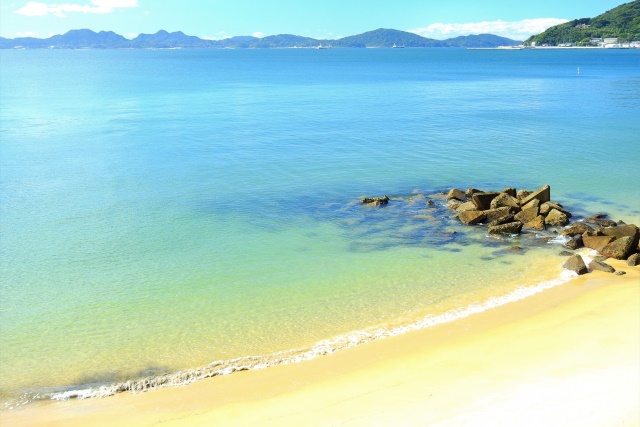
Shikaumi Shrine
This shrine is a popular power spot and is known as the “main temple of the sea god.” It was originally formed by the union of three different gods who protect the bottom, middle, and top of the sea. It is believed to bring blessings in various areas, including maritime safety, a bountiful catch, women’s illnesses, and household safety.
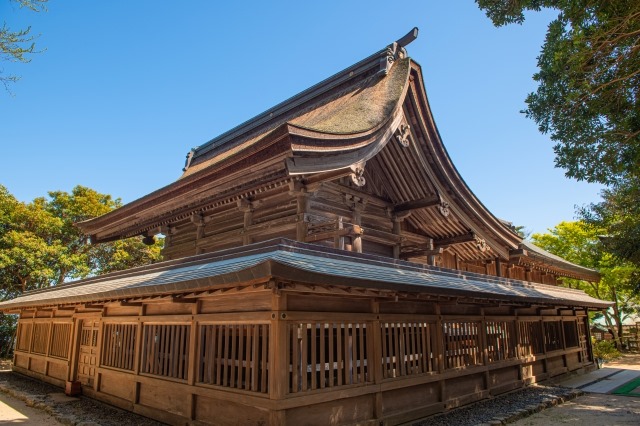
Uminonakamichi Seaside Park
This park stretches across about 350 hectares and extends approximately 6 km from east to west. The park offers flowers for every season, and you can interact with animals like squirrels, capybaras, and kangaroos in the “Animal Forest.”
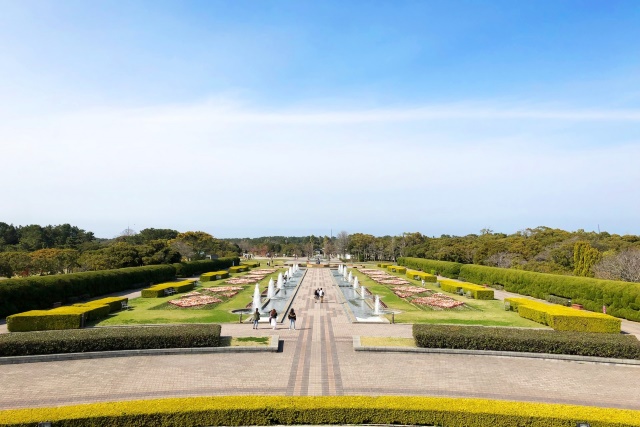
2.Reviews
Flower Museum
Located in Uminonakamichi Seaside Park, the Flower Museum is like an “open-air art gallery of flowers.” With ten different areas, the museum offers colorful flowers for every season, making it an irresistible spot for flower enthusiasts. It’s also a perfect spot for taking photos that are sure to look great on social media.
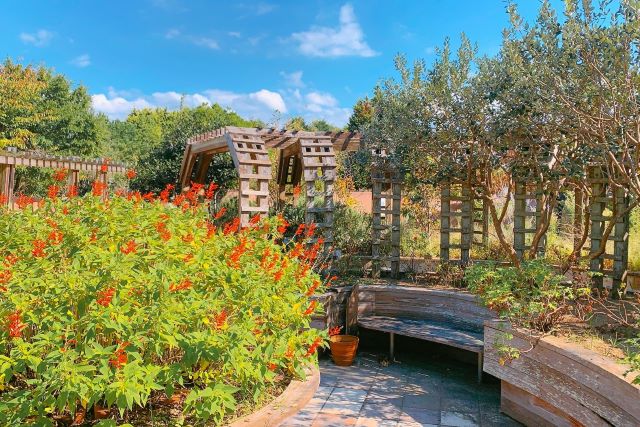
3.Local Food



4.Transportation Information
How to get to Uminonakamichi Seaside Park
Official Uminonakamichi Park website:
https://uminaka-park.jp/other/access/
By boat
Yasuda Industrial Ship official website (English)
https://yasuda-gp.net/hakata/uminaka-3
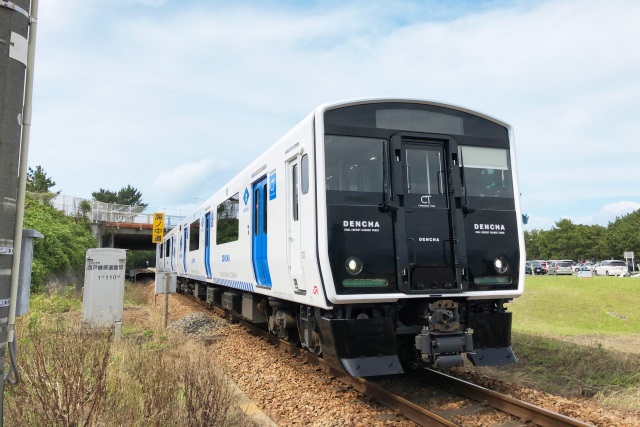
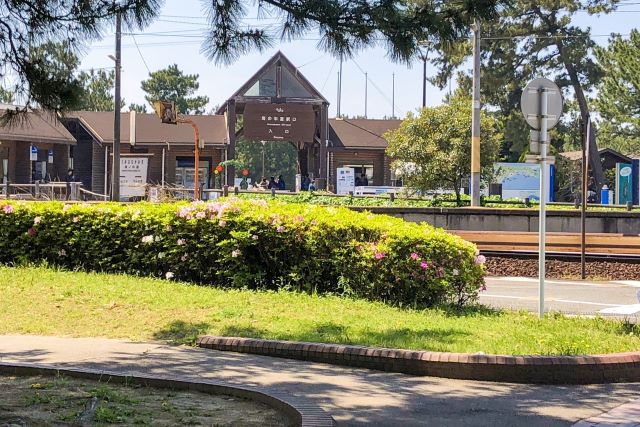
5.Map Information
Fukuoka Prefecture has two major cities: Fukuoka City and Kitakyushu City. In terms of population, it has the fourth-largest urban area in Japan. Busan in Korea is about 200 km away in a straight line, and Shanghai in China is approximately 850 km away, making it closer than Tokyo. The climate features little snowfall, but summers can be hot, especially on days affected by the Foehn phenomenon.
